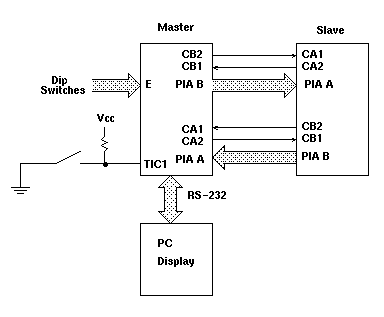
Figure 1: Connection of two HC11 EVBU boards for parallel communication.
- When the switch is pressed, the falling edge should generate a
Timer Input Capture 1 interrupt. In the interrupt service routine, the master
will read the dip switches connected to its Port E, send that number to the
slave over its PIA Port B, and wait for the the acknowledgment that the
slave has read the data. It will then return from the interrupt service
routine.
Now that you have more memory in you HC11, you no longer need to put your C program in EEPROM. Use the following line to compile your program:
icc11 -l prog.c -btext:0x2000 -bdata:0x000 -d_stack:0xfff
This will put your program at address 0x2000, so in BUFFALO give the command g 2000 to run your program.
- When the slave returns the value of the appropriate register to the master on the master's PIA Port A, an interrupt will be generated. In the interrupt service routine, the master will read the value on its PIA Port A, and display that value on the PC's display.
- An interrupt will be generated when the slave receives data on its PIA Port A. In the interrupt service routine, the slave should read the value from PIA Port A, find the contents of the appropriate internal register, and write that value to PIA Port B. It should wait for the acknowledgment that the master has read the data, then return from the interrupt service routine.
- The time from the falling edge on TIC1 to new data on the master's
PIA Port B. This is how long it takes the master to get into the TIC1
interrupt service routine, read Port E, and send the data to PIA Port B.
- The time from the master's E clock going low to new data on the
master's PIA Port B. This is time tPDW on the MC6821 data sheet.
- The time from new data on the master's PIA Port B to CB2 going
low. This is time tDC on the MC6821 data sheet.
- The time from the master's E Clock going high to CB2 going
low. This is time tDC on the MC6821 data sheet.
- The time from the master's E Clock going high to CB2 going
high. This is time tRS1 on the MC6821 data sheet.
- The time CB2 is low. This is time PWCT on the MC6821 data
sheet.
- The time from the slave's CA1 going low to the slave's IRQ
going low. This is time tRS3 on the MC6821 data sheet.
- The time from the slave's E clock going high to the slave's
IRQ going high. This is time tIR on the MC6821 data sheet.